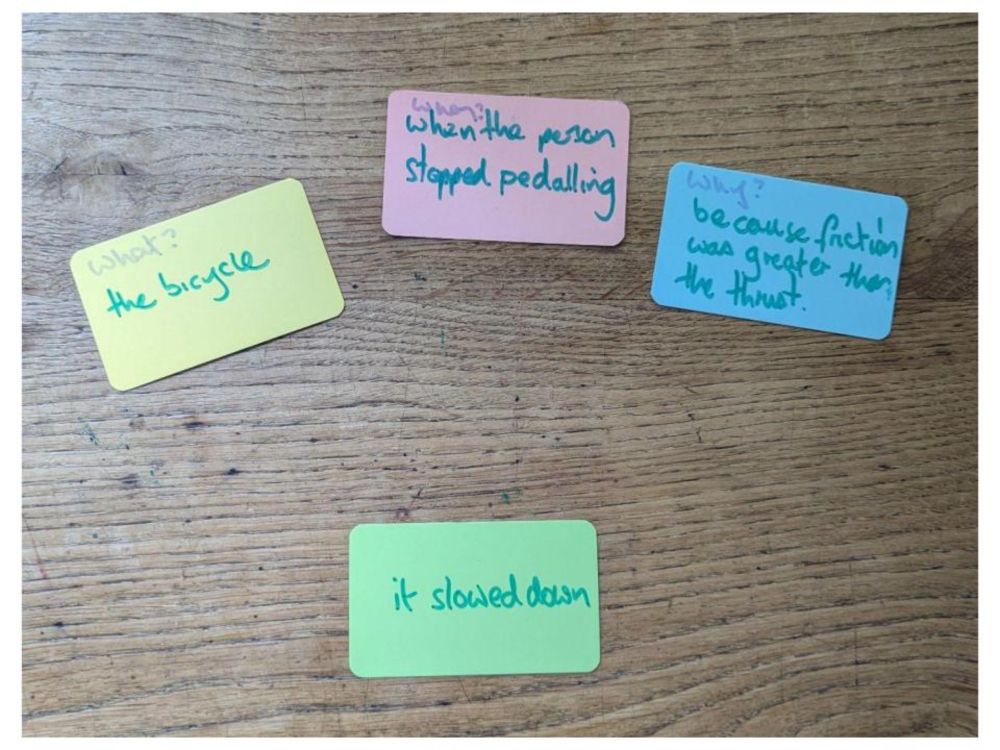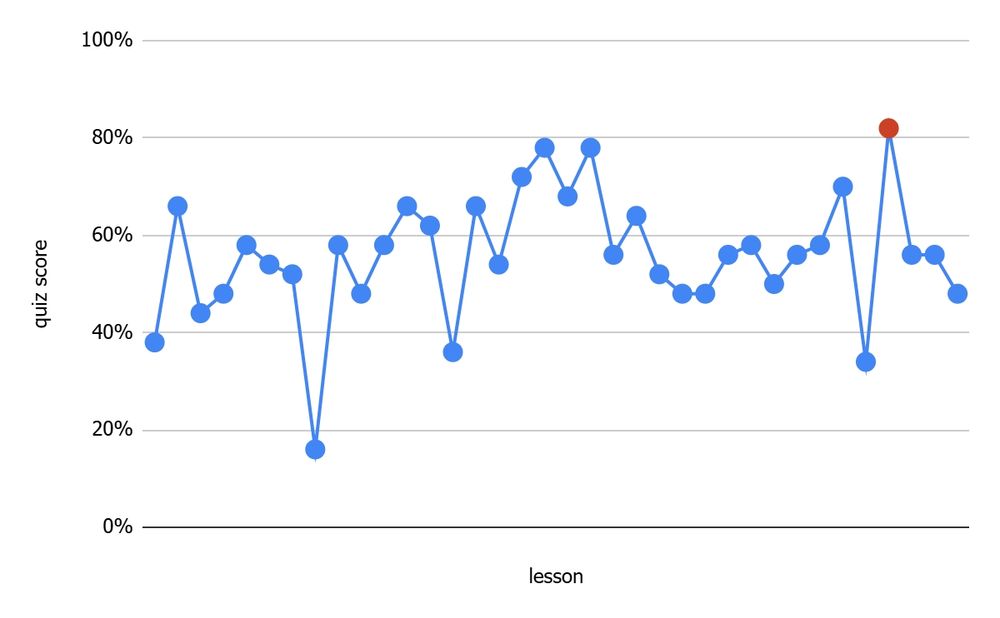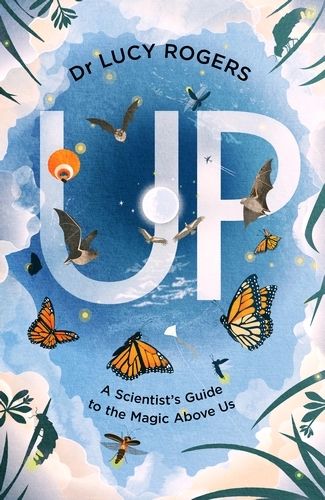Ben Rogers
@benrogersedu.bsky.social
590 followers
360 following
140 posts
UK teacher writing about subject knowledge, cognitive science and literacy. Also physics and primary science. Blogging at readingforlearning.org. author of the Big Ideas in Physics and Primary Science in a Nutshell.
Posts
Media
Videos
Starter Packs
Ben Rogers
@benrogersedu.bsky.social
· Aug 14
Reposted by Ben Rogers
Ben Rogers
@benrogersedu.bsky.social
· Jul 20

Writing Full (and I Mean Really Full) Sentences in Subjects
When we quiz students for knowledge retrieval, we are helping them remember key knowledge but we aren’t helping them build that knowledge into rich connected schema. This is where sentences c…
readingforlearning.org
Ben Rogers
@benrogersedu.bsky.social
· Jun 28
Ben Rogers
@benrogersedu.bsky.social
· Jun 28
Ben Rogers
@benrogersedu.bsky.social
· Jun 26
Ben Rogers
@benrogersedu.bsky.social
· Jun 8
Ben Rogers
@benrogersedu.bsky.social
· Jun 8
Reposted by Ben Rogers
Reposted by Ben Rogers
Reposted by Ben Rogers
Ben Rogers
@benrogersedu.bsky.social
· Apr 15

Build better sentences in science writing
How can we ensure students understand complex scientific ideas, beyond just recalling facts? Developing their ability to write clear, precise sentences about science is a powerful, often overlooked…
readingforlearning.org
Reposted by Ben Rogers
Ben Rogers
@benrogersedu.bsky.social
· May 26
Ben Rogers
@benrogersedu.bsky.social
· May 25
Ben Rogers
@benrogersedu.bsky.social
· May 25
Alex Quigley
@alexjquigley.bsky.social
· May 25

Rosenshine on Knowledge Structures
Barak Rosenshine is most famous for his principles of instruction, but what did he have to say about building knowledge?
In his writing on ‘Advances in research on instruction’, he put forward the i...
alexquigley.co.uk
Ben Rogers
@benrogersedu.bsky.social
· May 24
Ben Rogers
@benrogersedu.bsky.social
· May 24
Ben Rogers
@benrogersedu.bsky.social
· May 24
Ben Rogers
@benrogersedu.bsky.social
· May 24
Ben Rogers
@benrogersedu.bsky.social
· May 24

This week’s surprising news: some readers aren’t concentrating as hard as we’d like.
My Trust has an online reading programme which sets quizzes based on short texts. The pupils have a choice of text at the right level for them. The quiz pass rate is 8/10. We’ve analysed quiz…
readingforlearning.org
Ben Rogers
@benrogersedu.bsky.social
· May 24
Ben Rogers
@benrogersedu.bsky.social
· May 24

This week’s surprising news: some readers aren’t concentrating as hard as we’d like.
My Trust has an online reading programme which sets quizzes based on short texts. The pupils have a choice of text at the right level for them. The quiz pass rate is 8/10. We’ve analysed quiz…
readingforlearning.org







